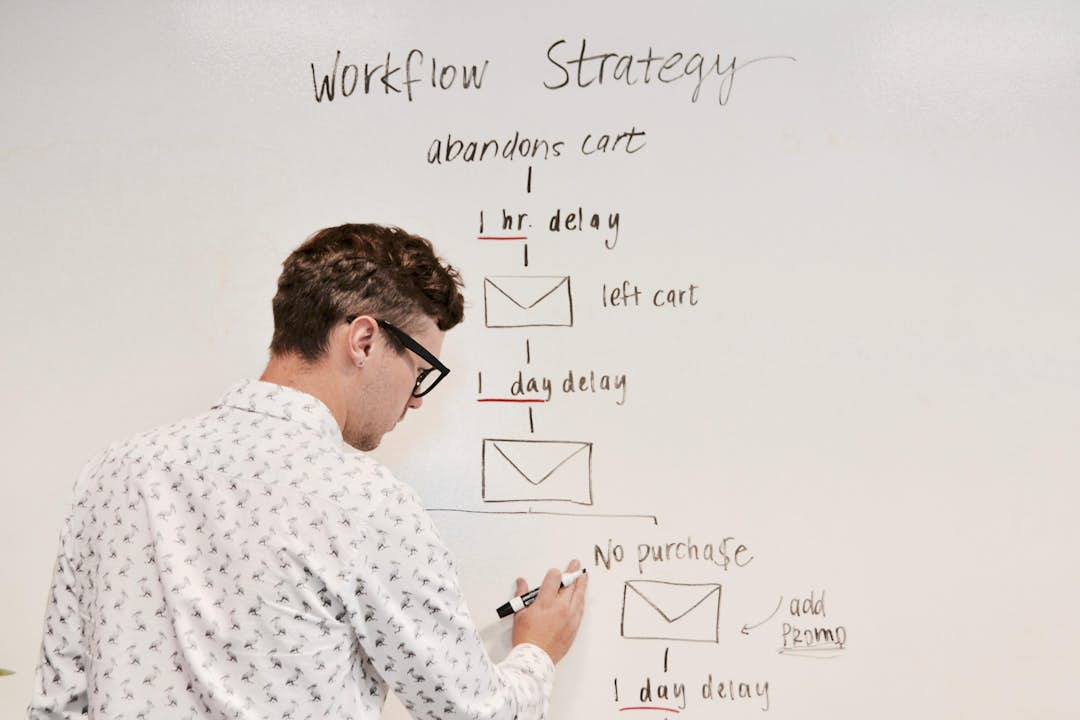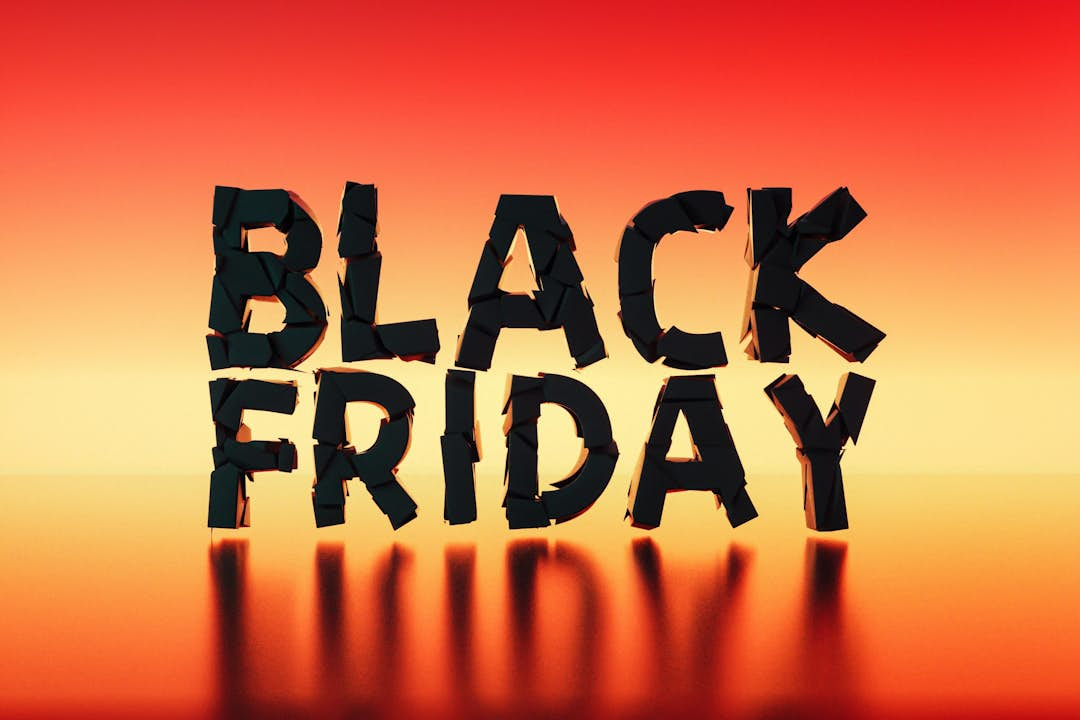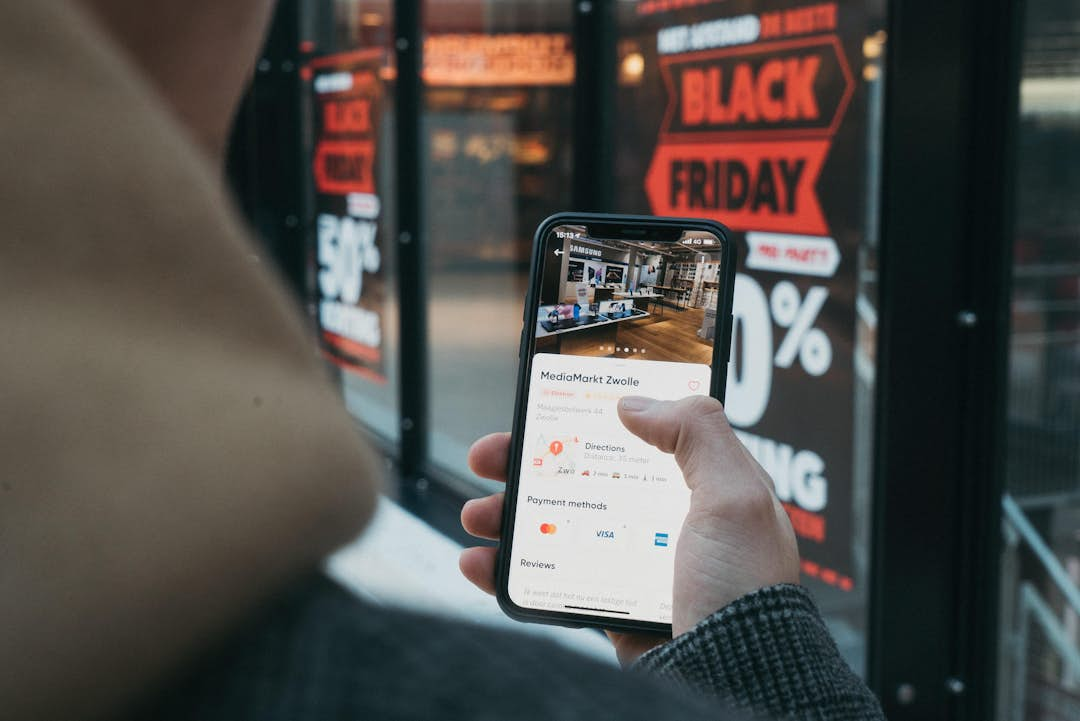
New feature: email marketing flows
With our latest feature, flows, you activate well-organised e-mail marketing automations at the blink of an eye. A flow usually consists of several paths, in which the customer's actions determine which e-mails he or she receives. This way, you continuously send personal e-mails that are fully attuned to the customer journey. In this blog, you will read all about flows, including three examples that you can immediately implement for your web shop.
What is an e-mail marketing flow?
An e-mail marketing flow (or e-mail marketing automation) is an automated series of e-mails. Instead of setting up individual e-mails, you set up a longer flow of e-mails. You can make this flow as extensive as you want. With conditions and filters, you create different paths for your customer. Your customer's actions (such as opening an e-mail or achieving a minimum order value) determine which path he or she takes. This way, you send emails that are fully tailored to each stage of the customer journey. That, in turn, is good for conversions!
How does an email marketing automation flow work?
As you have read above, your customer decides which emails he gets. But how does that work? A flow starts with a starting point. You determine this starting point using one of our filter rules. For example: the customer left a shopping cart 15 minutes ago. After determining the starting point, you start creating different paths. You do this using conditions and filters. An example of such a condition is the minimum value of the abandoned cart. This gives you the opportunity to approach customers with a €150 shopping trolley differently from those with a €7.50 shopping cart.

With an extensive selection of terms and conditions, you compile as comprehensive a path as is appropriate for your e-mail strategy. Segment by e-mail activity such as opens and clicks, profile properties or orders placed, among others.
Would you rather not create separate paths for your flow, but still use conditions? Then set up a filter. With a filter, you set up rules (just like with a condition). However, a filter does not create a split, but works like a funnel. As soon as a customer meets the corresponding rule(s), the customer flows through to the rest of the flow. Customers who do not meet the rules remain waiting in the "funnel" and only flow through once they meet the necessary requirements. An example is a discount on a third order. You obviously want to send this mail only after a customer has placed a second order.

How do you set up an email marketing flow?
Before you start an email marketing flow, it is important to have your email strategy in place. Need help with that? Read the email marketing strategy roadmap or get started with an email marketing partner. Is your strategy in place? Then it is time to start working on your e-mail marketing flows.
You set up a flow in five steps:
1. Define the terms of your e-mail marketing flow
2. Create relevant e-mails
3. Define the "end" of your e-mail marketing flow
4. Activate your flow
5. Analyse the flow and fine-tune it
1. Define the terms of your email marketing flow
The very first step, defining the terms of the flow, involves looking at your customers' customer journey. Which steps do they go through, which requirements are associated with them and which steps do you want to respond to by means of a flow? Based on these choices, you determine the starting point of the flow.

After determining the starting point, decide what to do with this starting point. Do you start immediately with an e-mail, or do you deepen the flow immediately with a condition (and thus a split)? In this way, you keep expanding the flow. Keep your goal in mind continuously. What do you want to achieve with the flow, and how do you get this done? Do not forget the profiles that leave your flow in the meantime because they do not meet your requirements.
💡 It can help to put the flow on paper the old-fashioned way during the design phase. Grab a large sheet and make a simple sketch of your flow. Draw out all the possibilities. Once you have everything in place, click the flow together easily and superfast in Reloadify.
2. Create relevant e-mails
In an e-mail marketing flow, you set up specific conditions and filters. These requirements allow you to tailor your emails to the unique customer. Make the most of this opportunity! Carefully consider what needs each customer has. For instance, you don't need to persuade a loyal customer to place a new order. This is unlike a dormant customer. So don't send an e-mail saying "We miss you!" to a customer who placed an order with you just last week.
Apart from an appropriate tone of voice, you can make content of emails as personal as you want. For instance, tailor the content to unique profiles using "liquid".
3. Establish the "end" of your email flow
The exit of the flow is (almost) as important as the starting point. Think carefully about what the end of your flow will be. In doing so, also decide what to do with the profiles that go all the way through your flow. For example, give the profiles that went through a path with a discount code a tag like "discount code flow". Based on this tag, you can recognize the profiles and exclude them from another flow if necessary.
4. Activate your flow
Have you checked the entire flow and everything is in place? The moment is there, your flow can go live. It automatically checks which profiles match the starting point of the e-mail marketing flow. So you can sit back and relax!
5. Analyze the flow and fine-tune it
In Reloadify, you can see statistics per action. With these statistics, you can see exactly how many profiles are in a filter, how your e-mail is performing and how many profiles leave the flow. You make all this transparent with one click of a button.
Based on these statistics, you can fine-tune the flow. Are the opens of your e-mails disappointing? Then perhaps the subject of the e-mail is not catchy enough. Do many profiles go through your flow nicely, but orders lag behind? Your content is probably interesting for your target group, but it is not convincing enough. For example, add a personalized offer, discount code or win offer to the mail. Do you see many people getting off at a certain point? Check that there is enough time between your emails. Too many emails within a short period of time is a reason for many customers to unsubscribe.
💡 Don't check your flow just once, but make analyzing your flow a weekly check. That way, you always stay in charge of your flows.
Examples of email marketing automation flows
Are you new to the world of e-mail marketing automation flows, and have no idea where to start? Below you can read more about 3 automation flows that are suitable for every webshop.
Abandoned cart flow
You are probably familiar with "abandoned cart" emails. With these, you approach customers who have left their shopping cart with you without checking out. But how do you turn this event into a personalized, automated flow? For example, create a split where you filter by cart value. With an expensive cart, it may soon matter to give away a (higher) discount code as a gift. Before you give away a high discount code, you can still check whether the customer has already placed multiple orders with you. Is this the case? Then you usually don't have to worry that this customer will forget you. Is it a new customer? Of course you want to be on top of this. It pays to give him precisely this higher discount (and maybe even free shipping).
In the e-mails you send in this flow, you then put all the products in the customer's shopping cart, with a link to order them directly.
So there are plenty of variations to an abandoned cart automation! Filter on the products from the cart (useful for promotions on a particular part of your range), number of completed orders from the customer or other interesting data. It's entirely up to you.

Welcoming new newsletter subscribers
A second e-mail marketing flow is the welcome flow for new newsletter subscribers. You naturally want to give new newsletter subscribers the warmest possible welcome. With their subscription, they indicate their interest in you. Now you still have to ensure that these new subscribers become your customers! To ensure this, you can, for example, give away a welcome discount. Then, after a few days, check whether the new subscriber has already placed an order. Is this not the case? Then send a reminder e-mail. Has the new subscriber still not placed an order after a while? Then you can send an e-mail asking about the subscriber's interests. Based on this information, you will send personalized e-mails in the future that you are sure match the recipient's interests.

Thanking new customers for their first purchase
Every webshop has to deal with new customers. Of course, you want to turn these new customers into regular customers. You do this by welcoming new customers and thanking them for their first purchase. It can be interesting to approach new customers with an expensive first purchase separately from the "small" new customers. Encourage a second expensive purchase with, for example, a discount code with free shipping, while you only offer the "smaller" new customers free shipping on their next purchase.
The new large customers, once they have placed a second order, you send an invitation to join the VIP club. The new smaller customers you send an e-mail with a questionnaire to enrich their profile so that you can mail them more personally in the future.

In the world of email marketing flows, the possibilities are (almost) endless. Thanks to a huge range of filter rules and conditions, you can create flows in Reloadify that take your email marketing to the next level. Curious? Start your free 14-day trial today or request a demo and discover flows in Reloadify.





